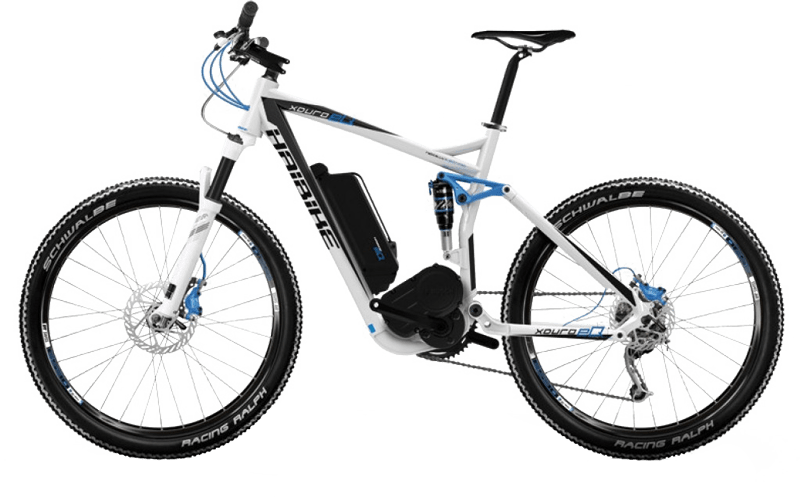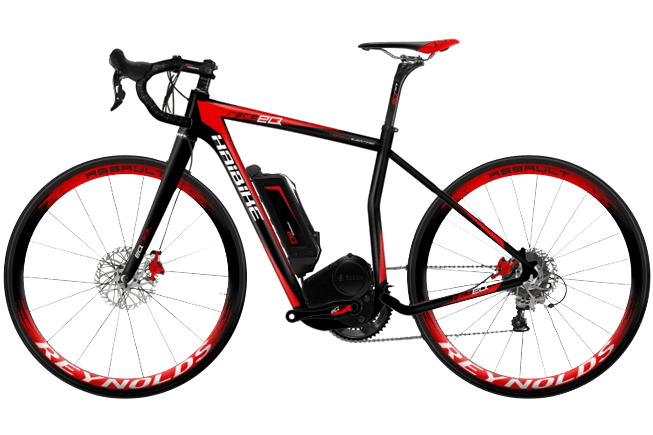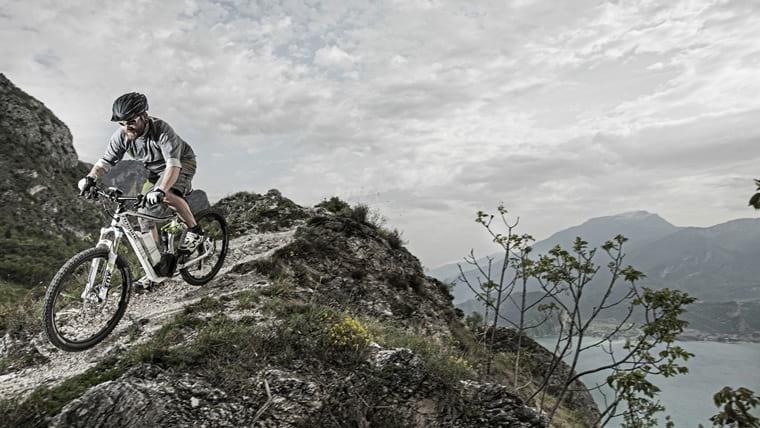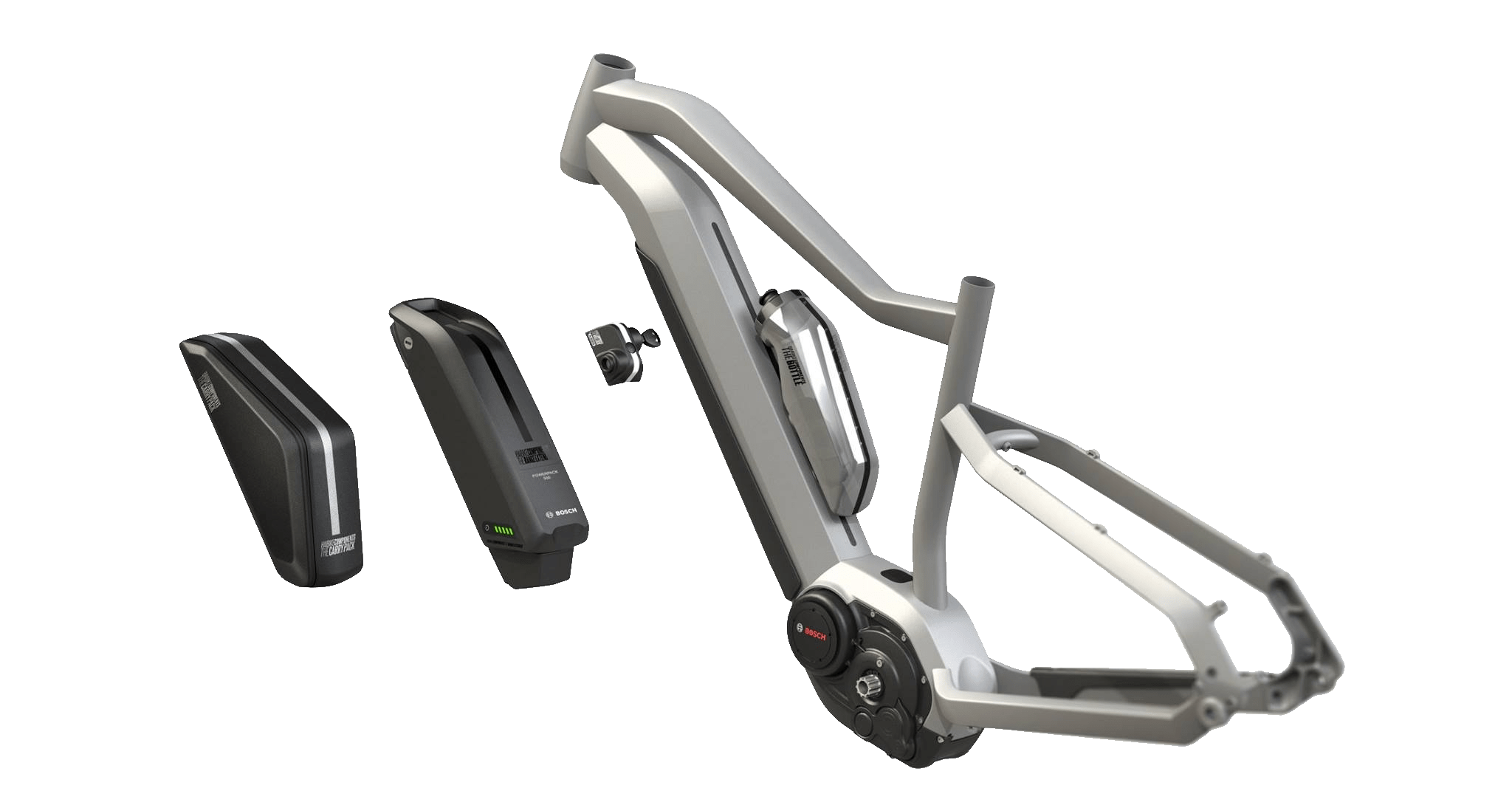-
Road
-
MTB
- E-Bike
-
BMX
- City
-
Accessories
-
Riders Gear
-
Ladies
- Kids
-
Streetwear
- Triathlon
-
Brands
1
- 100%
A
- A2z
- Absoluteblack
- Abus
- Acros
- Add one
- Addbike
- Adidas
- Adidas terrex
- Agu
- Aivee
- Ale
- All mountain style
- All-city bikes
- Alligator
- Alpina
- Alpinestars
- Altra
- Altura
- Amphora
- Animal bikes
- Animoz
- Answer products
- Aqua2go
- Aquaman
- Arena
- Ashima
- Asics
- Aso
- Ass savers
- Assos
- Asterion
- Avian bmx
- Avid
- Axa
- Azr
- Challenge
- Chase bicycles
- Chris king
- Chromag
- Chrome
- Ciari
- Ciclosport
- Cinelli
- Clarks standard
- Clif bar
- Cobra bikes
- Colting
- Commencal
- Compex
- Compressport
- Continental
- Craft
- Crane bell co.
- Crankbrothers
- Creme
- Croozer
- Crosscall
- Cube
- Cube acid
- Cube rfr
- Cult
- Cushcore
- Cybex
- Cyclingceramic
- Cyclus tools
D
- Dainese
- Dakine
- Dare 2b
- Dare2tri
- Dartmoor
- Deboer
- Deda
- Deda elementi wheels
- Deuter
- Dexshell
- Dhb
- Diamant
- Dm3
- Dmr
- Dt swiss
- Dugast
- Dvo
- Dynaplug
G
- G-form
- Galfer
- Garmin
- Genuine innovations
- Ghost
- Giro
- Gonso
- Gorewear
- Granite design
- Gripgrab
- Gt bicycles
H
- Haibike
- Hamax
- Hammerhead
- Hayes
- Head
- Hebie
- Hed
- Hexlox
- Hiplok
- Hjc
- Hope
- Ht components
- Hutchinson
- Huub
- Hydrapak
- Maxxis
- Mb wear
- Melon optics
- Merrell
- Met
- Mh cover
- Miche
- Michelin
- Microshift
- Milkit
- Miranda
- Mizuno
- Mongoose
- Monkeylink
- Morgaw
- Motion ride
- Moto
- Motorex
- Mottez
- Mrp
- Msc bikes
- Muc-off
N
- Neat flow
- New balance
- Newmen
- Newton running
- No-flats
- North shore billet
- Northwave
- Notubes
- Now8
- Ns bikes
- Nukeproof
- Nutcase
O
- O'neal
- O.symetric
- Oakley
- Odi
- Odlo
- Odyssey
- Oneup components
- Onyx
- Orange
- Orbea
- Ortler
- Ortlieb
- Osprey
- Oury
- Rant
- Red cycling products
- Renthal
- Respro
- Restrap
- Reverse components
- Revoloop
- Reynolds
- Rh+
- Ride concepts
- Ridley
- Ritchey
- Riva
- Rocday
- Rockshox
- Roeckl
- Rondo
- Roto
- Rotor
- Rrp
- Rudy project
S
- S'cool
- Sailfish
- Salming
- Salt
- Saltplus
- Santini sms
- Sapim
- Saris
- Saucony
- Sb3
- Schwalbe
- Scicon
- Scope
- Sdg
- Se bikes
- Se racing
- Sea sucker
- Sella italia
- Selle italia
- Selle royal
- Selle san marco
- Sendhit
- Serious
- Shapeheart
- Shimano
- Sidi
- Sigma
- Silca
- Silva
- Sixpack
- Sixs
- Sixsixone 661
- Skean
- Skf
- Skins
- Sks germany
- Slicy
- Smith
- Smp
- Sock guy
- Spank
- Spanninga
- Specialites ta
- Speedo
- Spirgrips
- Spiuk
- Sportful
- Sportourer
- Squirt lube
- Sr suntour
- Sram
- Stages cycling
- Stranger
- Strobmx
- Stronglight
- Sun ringlÉ
- Sunrace
- Suomy
- Supacaz
- Supernova
- Supertour
- Sweet protection
- Swissstop
- Thickslick
- Thomson
- Thule
- Ti-springs.com
- Tigra sport
- Time
- Tioga
- Title
- Tnt bicycles
- Topeak
- Topo athletic
- Trail gator
- Transition bikes
- Troy lee designs
- Trp
- Truvativ
- Tsg
- Tubolito
- Tubus
- Tucano urbano
- Tufo
- Tune
- Tyr
V
- Vans
- Var
- Vaude
- Velco
- Velotoze
- Velox
- Vermont
- Viper
- Vision
- Vittoria
- Vitus
- Vojo
- Votec
- Vredestein
- Vsf fahrradmanufaktur


The Story of HAIBIKE
The beginning of the Haibike adventure
The brand was launched in 1995 by Felix and Susanne Puello. At the time, Susanne was CEO of the Winora Group, one of the largest international distributors in the bike industry, which originated from the company, Engelbert Wiener, founded by her great grandfather. The bikes were first produced under parent brand, Winora, but quickly bore the name of Haibike. Over the following years, the brand continued to develop its technology and expand its range.
First electric MTB in the world
The ancestor of the electric MTB, the Haibike eQ Xduro was unveiled at Eurobike 2010. It was an immediate hit. The concept of the inverted motor as well as the initial style were then copied countless times as time went by. The original brand comprised four models (Fully, Hardtail, Cross & Trekking).
Haibike immediately became the first manufacturer in the world to introduce gravity casting technology. This process, which stems from the motorbike industry, allows for the creation of complex parts and components that are particularly solid and precise, whilst also being light. This technology is mainly applied to the suspension of the motor and is the key part of the frame. This technology is now used by multiple competitors.


Range development
The range expanded to include eleven models with additional variants. These models included the eQ Xduro 29, an electronic MTB combining two features: 29-inch wheels and electric assistance. During Eurobike 2011, Haibike introduced the XDuro Race, the result of research into designing a fast electric road bike. The favourable opinion of experts and professionals, along with the positive driving tests, led Haibike to mass produce an electric road bike for the 2014 season. This marked the beginning of a new category of fast road bikes.
First AllMountain e-Bike
and first Speed-Bike
The range expanded to include 17 models, including the first electric AllMountain bike with 150 mm travel, opening the door to a new trend of electric bikes with a large amount of travel.
For the first time ever, Haibike introduced a fast 45km/h e-Bike, the XDuro Trekking S. The “eQ” disappeared and the name “XDuro”, a portmanteau word based on X-Cross & Enduro, became the model's only name.

Haibike introduced the skid plate
Haibike introduced an entirely revisited range. It included 37 models and numerous innovations: a new motor, an entirely new aluminium platform, the double-bent top tube, the slanted position of the rear shock and the skid plate. This component protects the motor against becoming damaged or scratched. Unlike the first XDuro models where the motor was integrated with the frame and inverted, this new motor is mounted under the frame and so, without the plate, it would be unprotected. After this, more and more brands began to use the skid plate, which slowly became a main characteristic of more sporty electric MTBs.
First electric Enduro bike
in history
That same year, an electric bike was launched and it shook up the market: the XDuro Nduro. It had an 180 mm travel and opened the door to young riders, creating a new audience.
The year 2013 was also marked by the launch of the Road models, where the XDuro philosophy was transferred to the road. This resulted in the XDuro Race, the first mass-produced electric road bike and the Superrace, a fast electric road bike.
Introducing the Haibike SDuro
The XDuro soon got a baby brother: the Haibike SDuro with a new Yamaha motor, used exclusively by Haibike. Because of its responsiveness, its reliability and moderate price, the SDuro was immediately hugely successful and this launched the Yamaha motor right up to second place among the main motors.
The year 2014 was also marked by the arrival of the first electric MTB with electronic suspension management and the first carbon electric full suspension with a central motor.
First electric DH bike
Haibike launched the XDuro Dwnhll Pro, a DH bike with a powerful motor that allowed what, until then, had been unthinkable: a real downhill bike where the pilot could also go uphill without using a lift or a shuttle. This removed all obstacles and opened up the playing field in a way that had never been seen before.
Launch of the eConnect system
Haibike used eConnect to connect electric MTBs and began to offer unprecedented digital opportunities. This small unit that is integrated with the bike emits and receives data to allow, amongst other things, for anti-theft monitoring via GPS, geo-tracking of the bike, saving routes and exporting data. All information is displayed and managed via a special app. This made Haibike the first to make smart bikes possible.
That year, the brand designed its own stem and integrated a screen to guarantee clean lines and optimal protection in the event of a fall.

Launch of the modular rail system (MRS)
and the InTube Battery concept
Thanks to the modular rail system (MRS), it became quick and easy to install various accessories directly on the bike. The mounting rail is integrated with the down tube so you can place a bottle or bag, for example, in the ideal position.
The integrated battery concept (IBC), which is available on many of the range’s models, provides a new level of integration, aesthetics and functionality.

Launch of the FLYON concept
Haibike turned a corner in 2019 when it introduced a complete system including a frame, motor and battery, for an unparalleled level of integration and top-end performance.
The concept, known as FLYON, is included on XDuro NDuro, AllMtn, AllTrail and Adventr models.





